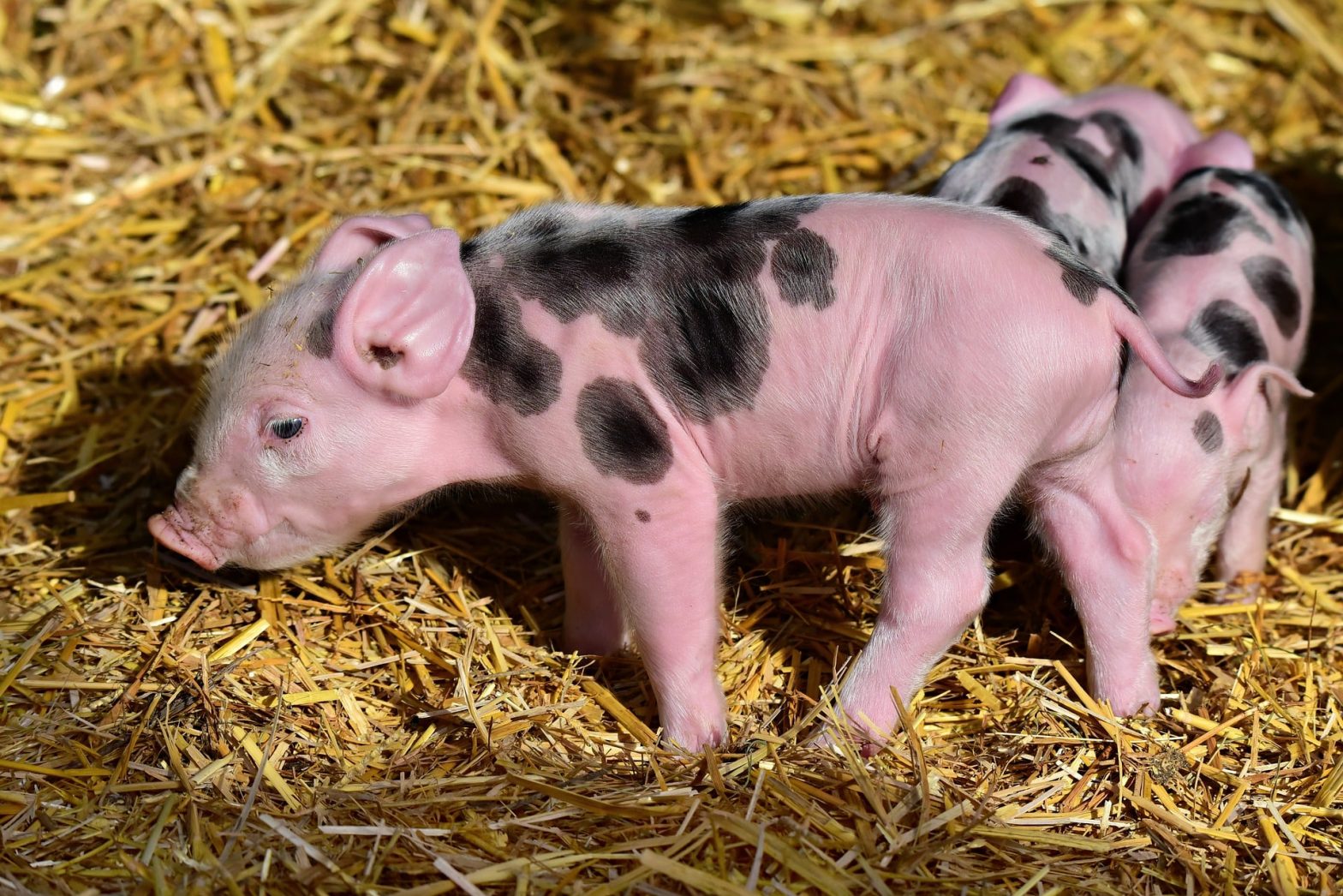Notice: Undefined offset: 2 in /home/site/wwwroot/wp-content/themes/twentynineteen-child/functions.php on line 140
Notice: Undefined offset: 2 in /home/site/wwwroot/wp-content/themes/twentynineteen-child/functions.php on line 140
Notice: Undefined offset: 2 in /home/site/wwwroot/wp-content/themes/twentynineteen-child/functions.php on line 140
Notice: Undefined offset: 2 in /home/site/wwwroot/wp-content/themes/twentynineteen-child/functions.php on line 140
Notice: Undefined offset: 2 in /home/site/wwwroot/wp-content/themes/twentynineteen-child/functions.php on line 140
Notice: Undefined offset: 2 in /home/site/wwwroot/wp-content/themes/twentynineteen-child/functions.php on line 140
Notice: Undefined offset: 2 in /home/site/wwwroot/wp-content/themes/twentynineteen-child/functions.php on line 140
Notice: Undefined offset: 2 in /home/site/wwwroot/wp-content/themes/twentynineteen-child/functions.php on line 140
Notice: Undefined offset: 2 in /home/site/wwwroot/wp-content/themes/twentynineteen-child/functions.php on line 140
Notice: Undefined offset: 2 in /home/site/wwwroot/wp-content/themes/twentynineteen-child/functions.php on line 140
Notice: Undefined offset: 2 in /home/site/wwwroot/wp-content/themes/twentynineteen-child/functions.php on line 140
Notice: Undefined offset: 2 in /home/site/wwwroot/wp-content/themes/twentynineteen-child/functions.php on line 140
Notice: Undefined offset: 2 in /home/site/wwwroot/wp-content/themes/twentynineteen-child/functions.php on line 140
Notice: Undefined offset: 2 in /home/site/wwwroot/wp-content/themes/twentynineteen-child/functions.php on line 140
Notice: Undefined offset: 2 in /home/site/wwwroot/wp-content/themes/twentynineteen-child/functions.php on line 140
Notice: Undefined offset: 2 in /home/site/wwwroot/wp-content/themes/twentynineteen-child/functions.php on line 140
Warning: strpos() expects parameter 1 to be string, array given in /home/site/wwwroot/wp-content/themes/twentynineteen-child/functions.php on line 163
Warning: strpos() expects parameter 1 to be string, array given in /home/site/wwwroot/wp-content/themes/twentynineteen-child/functions.php on line 163
Ecology is a science as complex as the veterinay field itself. It is therefore necessary to study it in depth, and this is something without an end, as new species are discovered every day, for example. It is therefore essential that professionals dedicated to animal care bring their knowledge to areas such as this. The birth rate and mortality are part of the basic topics within the knowledge of this professional.

Birth and mortality as a common factor
Birth and death patterns are considered fundamental properties of populations. The birth rate is defined as the number of individuals born in a population in relation to a time or time and unit of population. The birth rate equation is a real index of the population under study. It should not be confused with the absolute birth rate. This would express the theoretical maximum of new individuals that are added to a population under ideal conditions. This is without the intervention of any limiting environmental factor.
On the other hand, mortality is defined as the index that represents the deaths that occur in a time or time and population. When referring to mortality in the above equation, it also refers to a given population. Therefore, it is a real index that should not be confused with the minimum mortality, which is a theoretical index of the number of deaths that the population would suffer under ideal conditions. This is without the intervention of any environmental factor. Both the absolute birth rate and the minimum mortality rate are theoretical constants.
Growth
It seems logical to think that, with the inherent properties of populations calculated in the previous section, it is simple to calculate the growth rate of a population. If one were to consider only the individuals that join the population, such as births, and the losses due to deaths, its calculation would be quick. In an ideal case, we would say that the growth rate is the result of the difference between the birth rate and the death rate.
However, there are two other dynamic properties to be considered: immigration and emigration. Immigration is defined as the arrival of a number of individuals of the same species into a population. It can be expressed as the ratio of individuals arriving per unit of time and population size.
Similarly, emigration is defined as the departure of individuals from the population to another territory and can be expressed as the ratio of emigrated individuals per unit of time and population size. In this way, the population is defined as the set of individuals of the same species that inhabit a certain place and have properties specific to their organizational level and inherent to the group, such as birth rate, mortality, growth rate, age structure, etc.
Based on these concepts, the work consists of determining a population growth model that is so accurate that it can predict not only the possible changes that will take place in the future, but also predict how these changes will affect the interrelationships with the set of biotic and abiotic factors of the population.
Exponential growth model
In the book Essay on the Principle of Population (1798), Thomas Malthus determined that populations with an abundance of natural resources had a high growth rate; however, if they were limited in obtaining these resources, growth was also limited.
This model, in which the increase in the number of individuals is based on a constant rate, is known as exponential growth and is the simplest model of population growth.
The variables of the exponential growth model equation are discussed below:
- a. r: is the per capita population growth rate. If the figures for immigration and emigration are not taken into account, it coincides with the difference between the birth and death rates. On the other hand, if r is positive, the population will increase in size; if it is negative, the population will decrease in size. Finally, if r is equal to zero, the population does not change, which is known as zero population growth.
- b. N: is the number of individuals in the population at a given time.
- c. dN/dt: is the population growth rate.

Per capita growth rate
According to this model, although the per capita growth rate does not change, the population growth rate will increase, as the value of N increases. See the following example: in bacteria it is easier to understand this model. Prokaryotic organisms reproduce rapidly, so if you put x number of organisms in a flask, after less than an hour and after the first binary fission, you will get 2x. In the next hour, 4x. After the third hour, 8x.
That is, the growth rate increases itself, as all individuals are included in each generation to the population, so the population size increases at higher and higher rates. If the growth of the exponential model is plotted, the characteristic J-shape is obtained This model is not a representation of a world with limited resources.
When a species is incorporated into a given territory, having its ecological requirements covered, in the first phase, its population can follow a pattern of exponential growth. However, the tendency is for populations to saturate the territories until they exhaust the resources they provide. Thus, the above assumption of the division of bacteria in the flask is not a representative example of reality.
Following the development of Malthus’ theory, a series of consequences were unleashed that became known as Malthusian catastrophe, a term still in use today to describe situations that can make human survival unviable. Figure 6 shows the exponential growth model of a population and the arithmetic growth of resources.
Birth rate and mortality: logistic growth model
As we have seen, the previous model is only probable when there is an infinite amount of resources; or, in the initial phase of population growth, when there are few individuals and a large amount of resources. But, at the moment when the population develops a significant increase, resources begin to run out and the growth rate begins to slow down.
Darwin analyzed this fact and concluded that the amount of resources in an environment is limited and that individuals compete for them, so that the most successful ones are the most likely to survive and develop at a faster rate. At this point, logistic growth is developed with the intention of modeling a reality with finite resources.
In this model, population size is conditioned by the maximum number of individuals that a given environment is capable of supporting under a given set of conditions, a parameter known as the carrying capacity of the environment (K). The environment can only support a given number of individuals of a population.

Birth and mortality control
The procedure of birth and mortality is a control process carefully carried out by veterinary professionals. Therefore, it is necessary that they are fully trained in order to perform their function in an optimal and adequate way.

TECH Technological University seeks to provide the most complete and comprehensive education, virtually, fulfilling its title of the largest virtual university in the world. For this reason, its Faculty of Veterinary Medicine is one of the highlights here. There you can find specializations such as the Master’s Degree in Veterinary Clinical Trials or the Master’s Degree in Internal Medicine in Major Species.
If the professional is looking to expand his knowledge in topics such as the one reviewed in this article, the Master’s Degree in Wildlife Management is the right one for him. Through 10 modules and with the guidance of experts, the professional will become a specialist in just one year.
